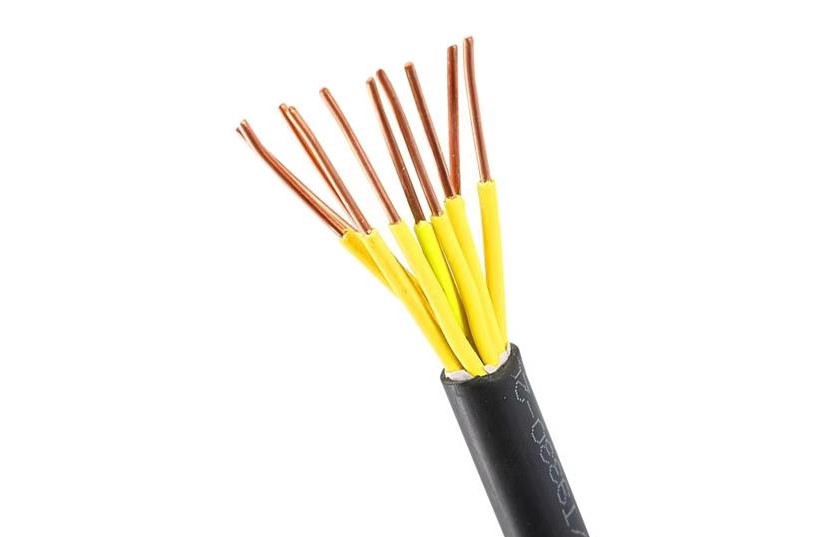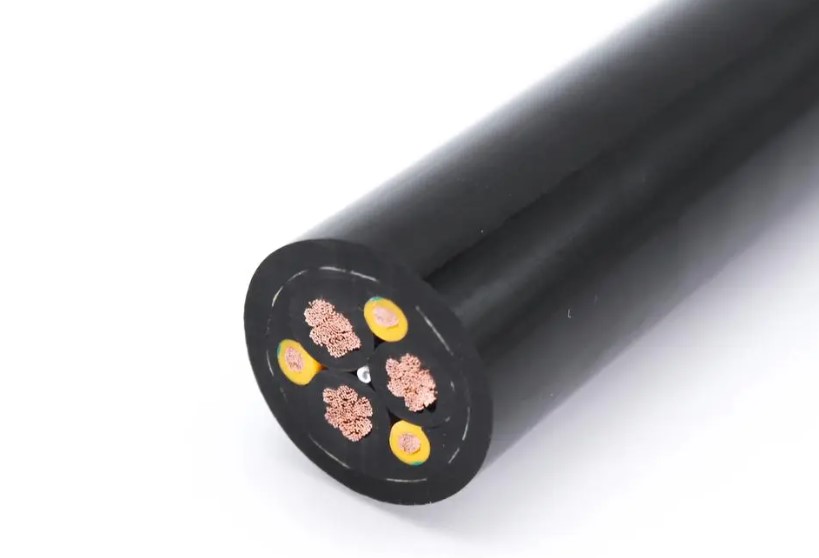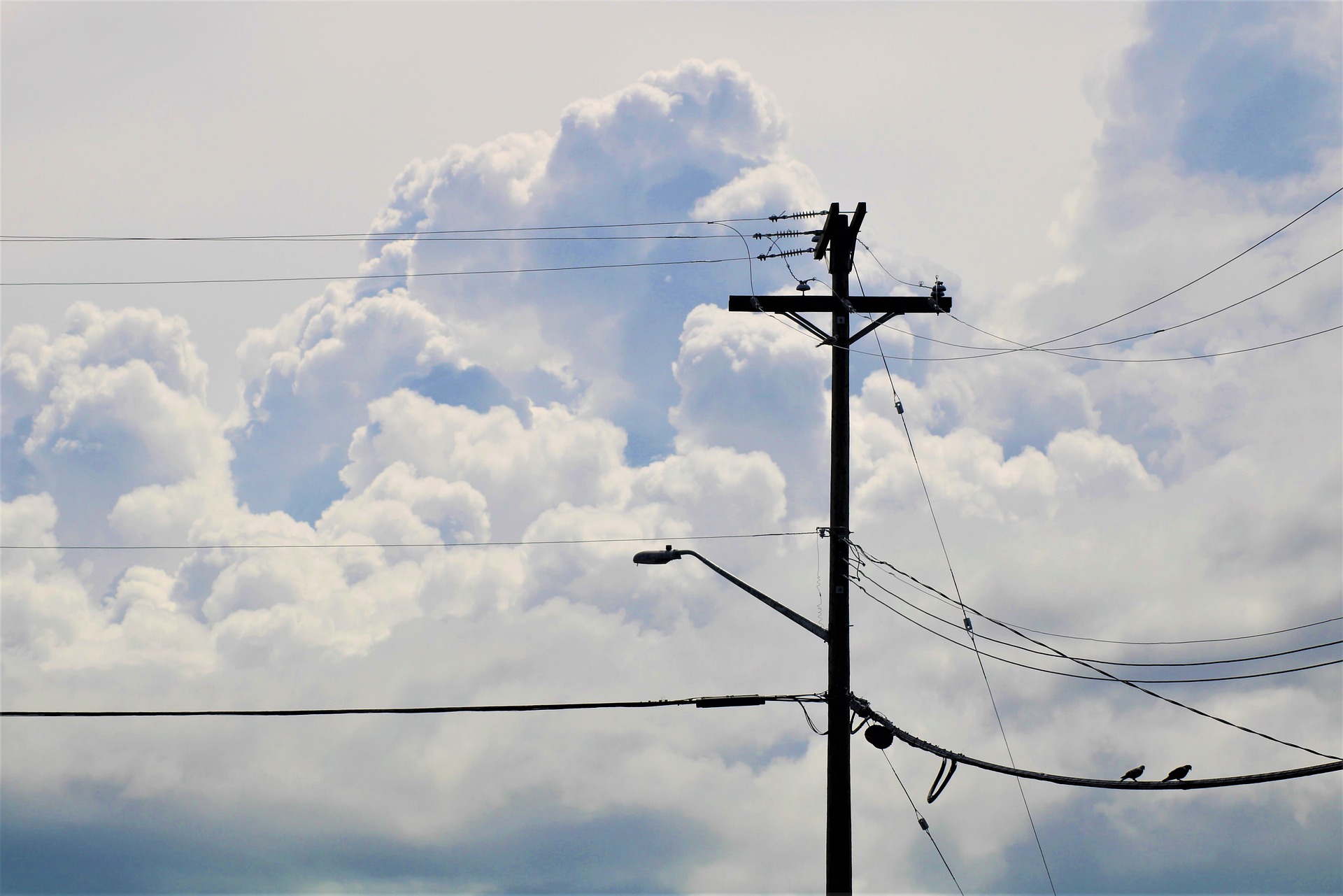As solar power plants continue to proliferate worldwide, the technology behind them is evolving rapidly. One of the key components of these plants, often overlooked, is the network of communication and control cables. These cables are essential for the efficient operation, monitoring, and safety of solar power systems. This blog will delve into the types, roles, and importance of communication and control cables in solar power plants.
The Role of Cables in Solar Power Plants
Solar power plants are complex systems that require precise coordination between various components, including photovoltaic (PV) panels, inverters, transformers, and monitoring systems. Communication and control cables play a vital role in ensuring this coordination by facilitating the transfer of data, signals, and commands across the plant.
Without these cables, the monitoring and control systems that manage energy production, fault detection, and safety protocols would be ineffective. As solar power plants scale up in size and complexity, the demand for reliable and high-quality communication and control cables grows.
Communication Cables: The Backbone of Data Transmission
Communication cables are the arteries of a solar power plant’s data network. They are responsible for transmitting information between different components, such as PV panels, inverters, monitoring systems, and central control units. This data includes real-time performance metrics, fault alerts, environmental data, and other critical information.

Types of Communication Cables:
-
Fiber Optic Cables:
- High Speed and Bandwidth: Fiber optic cables in PV are known for their ability to transmit large amounts of data over long distances at high speeds. They are particularly useful in large solar power plants where data needs to be transmitted across vast areas.
- Immunity to Electromagnetic Interference (EMI): In solar power plants, where high-voltage equipment can generate significant EMI, fiber optic cables offer the advantage of being immune to such interference, ensuring reliable data transmission.
-
Ethernet Cables:
- Common in Small to Medium Installations: Ethernet cables, such as Cat5e or Cat6, are commonly used in smaller solar installations for connecting monitoring equipment to control systems.
- Cost-Effective: These cables are more affordable than fiber optic cables and are suitable for shorter distances where high data transmission speeds are not as critical.
-
RS485 Cables:
- Reliable for Serial Communication: RS485 cables are used for serial communication between devices in a solar power plant, such as between inverters and data loggers.
- Long-Distance Communication: They are capable of transmitting data over long distances with a high level of reliability, making them a popular choice for solar applications.
Control Cables: Ensuring Smooth Operation
Control cables are essential for the operation of various components within a solar power plant. These cables transmit control signals that dictate the operation of inverters, circuit breakers, and other critical equipment. Control cables are also crucial for implementing safety protocols, such as shutting down the system in case of an emergency.

Types of Control Cables:
-
PVC Insulated Control Cables:
- Cost-Effective: PVC (Polyvinyl Chloride) insulated control cables are widely used due to their cost-effectiveness and versatility.
- Resistance to Harsh Environments: These cables offer good resistance to chemicals, moisture, and UV radiation, making them suitable for outdoor applications in solar power plants.
-
XLPE Insulated Control Cables:
- High Thermal Stability: XLPE (Cross-Linked Polyethylene) insulated control cables are known for their excellent thermal stability and high-temperature resistance, which is important in the harsh environmental conditions often found in solar power plants.
- Durability: XLPE cables have a longer lifespan and are more durable, especially in environments where temperature fluctuations are common.
-
LSZH Control Cables:
- Safety in Enclosed Spaces: Low Smoke Zero Halogen (LSZH) cables are used in solar power plants where fire safety is a concern. In the event of a fire, these cables emit low levels of smoke and no halogen gases, reducing the risk to personnel and equipment.
Importance of Quality and Standards
Given the critical role of communication and control cables in solar power plants, it is essential to use high-quality cables that meet industry standards. Poor-quality cables can lead to data transmission errors, equipment malfunctions, and even safety hazards.
Key Standards:
- IEC 60332-1: For flame retardant characteristics of cables.
- IEC 60502: For power cables with extruded insulation and their accessories.
- IEC 60754: For halogen-free cables in terms of corrosivity of gases.
- IEC 61034: For measuring smoke density during the burning of cables.
Choosing cables that adhere to these standards ensures that the solar power plant operates efficiently and safely.
Conclusion
Communication and control cables are the unsung heroes of solar power plants. They ensure that the various components of the plant communicate effectively, operate smoothly, and adhere to safety protocols. As solar technology continues to advance, the importance of these cables will only grow, making it essential for solar power plant operators to invest in high-quality, standards-compliant cables.
At ZMS Cable, we understand the critical role these cables play in the successful operation of solar power plants. Our range of communication and control cables is designed to meet the highest standards of quality, ensuring that your solar power plant operates at peak efficiency. Whether you’re managing a small installation or a large-scale solar farm, ZMS Cable has the right solutions to keep your operations running smoothly.

Comments
No comments yet. Be the first to react!